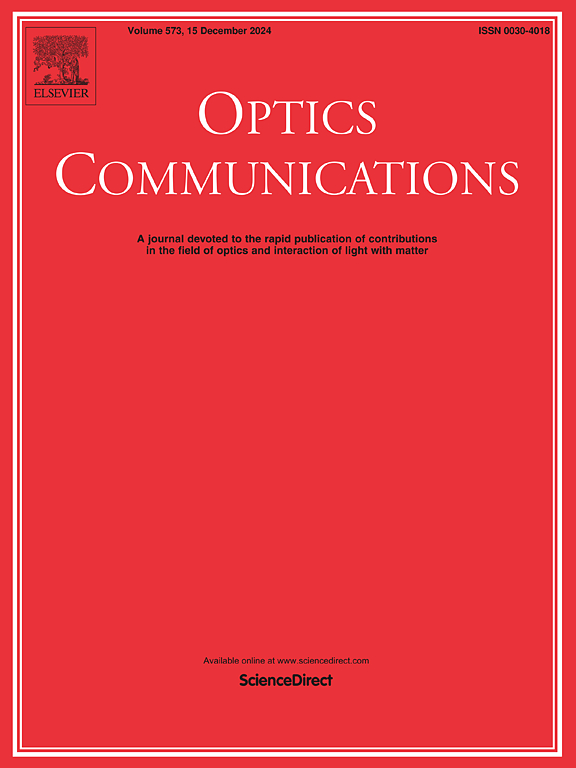Combined non-negative matrix factorization and Otsu method for advanced analysis of Raman hyperspectral images acquired at nano- and microscale
IF 2.2
3区 物理与天体物理
Q2 OPTICS
引用次数: 0
Abstract
Micro- and nanospectroscopic hyperspectral imaging approaches provide comprehensive information about the studied material. While the obtained experimental data are characterized by high dimensionality it may lead to many difficulties in the interpretation of the results. A common approach overcoming this problem is the application of multivariate data analysis, which enables data dimensionality reduction and extraction of crucial information. In this paper, we present our proprietary algorithm to investigate hyperspectral maps of biological samples at various levels of organization. The proposed approach is based on a combination of non-negative matrix factorization and the Otsu method of image binarization. We demonstrated its application in the investigation of a TER hyperspectral map of a DPPE monolayer, which enables the automatic differentiation of spectra corresponding to nanoscopic domains in the lipid film. Moreover, to examine the proposed computational algorithm in the analysis of more complex types of samples, we applied it to a confocal Raman hyperspectral map of a single HeLa cell. The NMF-Otsu analysis automatically distinguished the spectra of lipid droplets and the cellular membrane.
结合非负矩阵分解和Otsu方法对纳微尺度拉曼高光谱图像进行高级分析
微光谱和纳米光谱高光谱成像方法提供了研究材料的全面信息。所获得的实验数据具有高维的特点,这可能会给结果的解释带来许多困难。克服这个问题的一个常见方法是应用多元数据分析,它可以降低数据维数并提取关键信息。在本文中,我们提出了我们的专有算法来研究生物样品在不同层次的组织的高光谱图。该方法将非负矩阵分解与图像二值化的Otsu方法相结合。我们展示了它在DPPE单层的TER高光谱图研究中的应用,该图能够自动区分脂质膜中纳米级结构域对应的光谱。此外,为了检验所提出的计算算法在分析更复杂类型样品中的应用,我们将其应用于单个HeLa细胞的共聚焦拉曼高光谱图。NMF-Otsu分析自动区分了脂滴和细胞膜的光谱。
本文章由计算机程序翻译,如有差异,请以英文原文为准。
求助全文
约1分钟内获得全文
求助全文
来源期刊

Optics Communications
物理-光学
CiteScore
5.10
自引率
8.30%
发文量
681
审稿时长
38 days
期刊介绍:
Optics Communications invites original and timely contributions containing new results in various fields of optics and photonics. The journal considers theoretical and experimental research in areas ranging from the fundamental properties of light to technological applications. Topics covered include classical and quantum optics, optical physics and light-matter interactions, lasers, imaging, guided-wave optics and optical information processing. Manuscripts should offer clear evidence of novelty and significance. Papers concentrating on mathematical and computational issues, with limited connection to optics, are not suitable for publication in the Journal. Similarly, small technical advances, or papers concerned only with engineering applications or issues of materials science fall outside the journal scope.
 求助内容:
求助内容: 应助结果提醒方式:
应助结果提醒方式:


